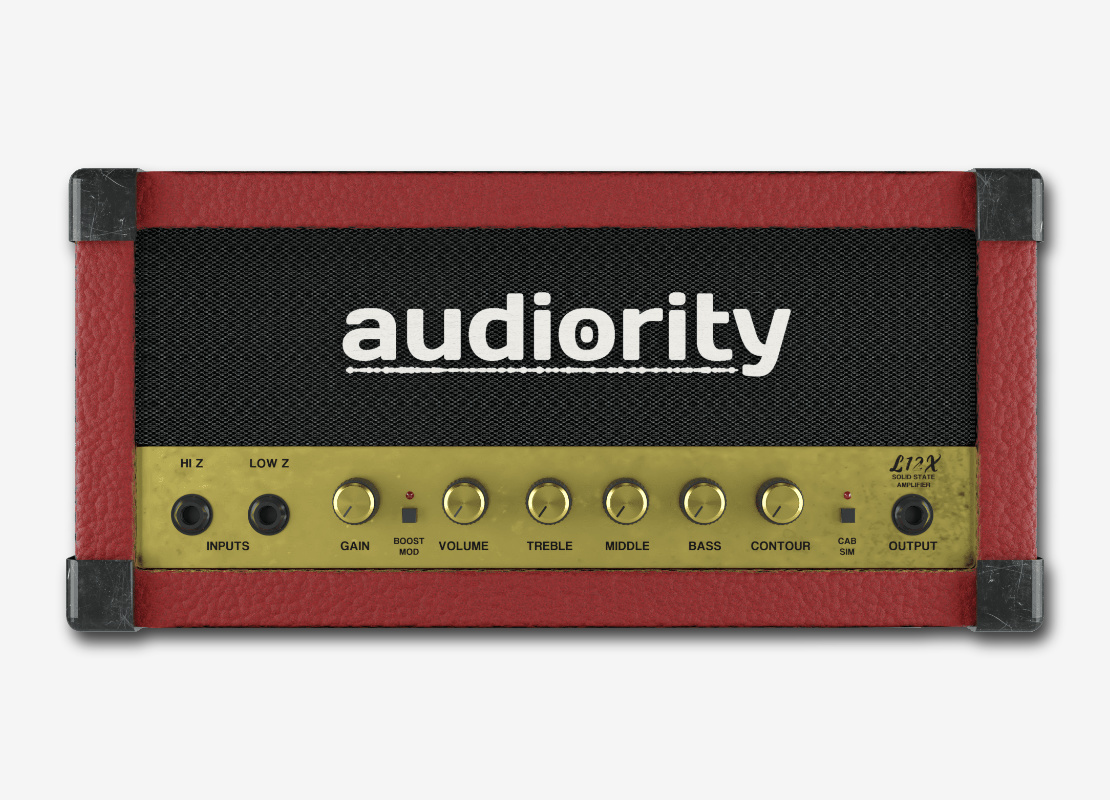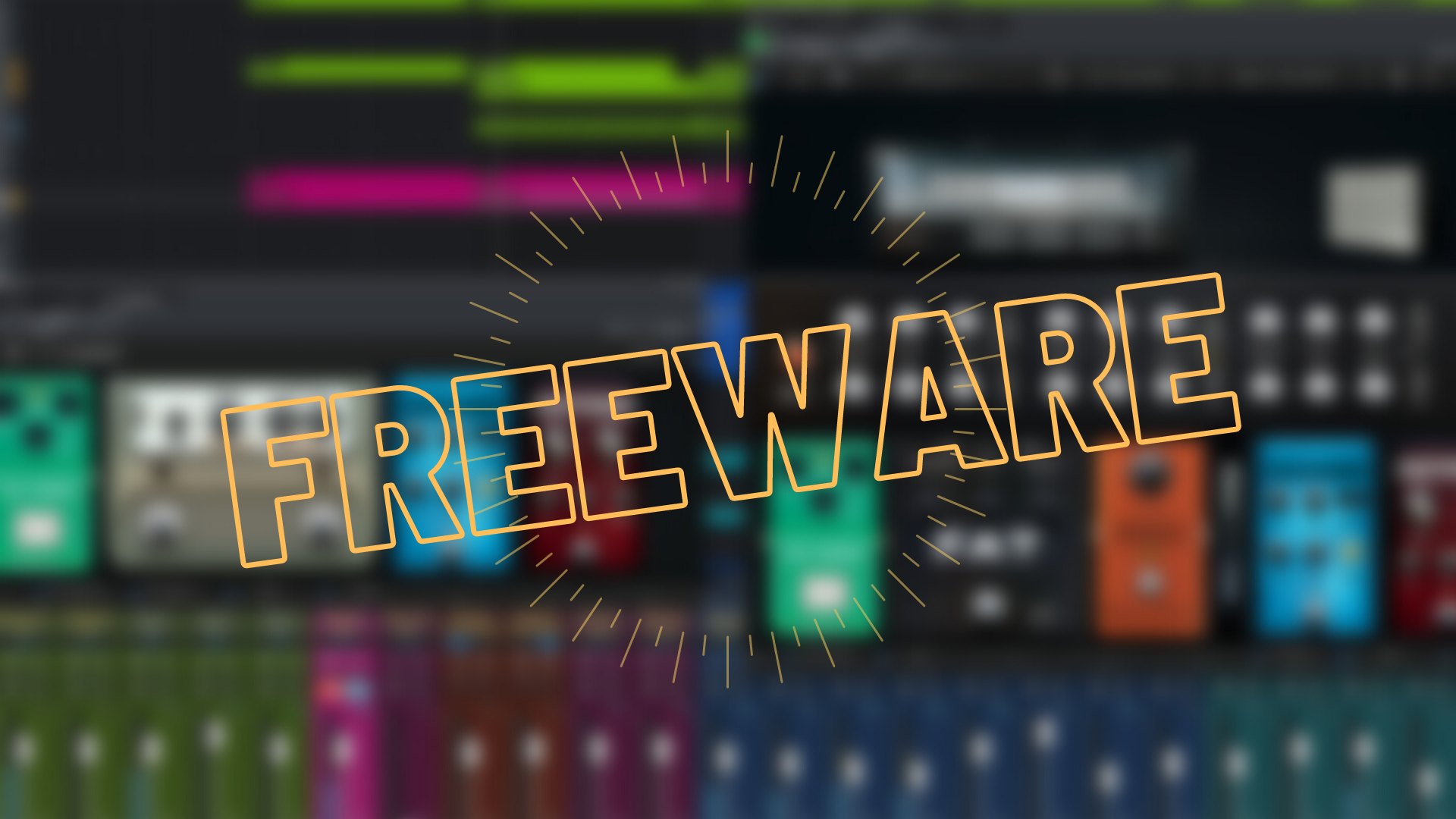F
Fuzzaholic
New member
Howdi.
I used to record my own demos, and my band's demos, and other band's demos...But that's 15 years or so ago :/
Started out on a Tascam four track. After that I went from a digital recorder to a better digital recorder, to eventually a laptop/daw.
I'm in a new band now, two different ones actually. And I need to be able to record demos to pitch song ideas. Which doesn't mean I want to settle for "okay" recording quality.
I'm picky when it comes to sounds, and I'm cursed with an ear that does hear subtle differences. Also, I'd like to rejuvinate my old recording hobby, just for the fun of it.
In short: Looking for the best approach to improve my "basics". What's the cheapest/easiest way to get my guitar tracks to the next level? Right now they're kinda undefined and bland.
I'm not using anything fancy, it's all pretty bread and butter. I sold most of my old mics, this is what I'm left with:
- DAW: Macbook Air + Garagband.
- Interface: Steinberg ur22 mk2
- Mics: AT4040, Shure SM58.
My instincs tell me a different dynamic mic or acoustic treatment or for my room or Logic vs Garageband won't make a ton of difference, and that I'd have to spend serious money on a new mic pre to get a tiny sound improvement...Right? I might be underestiming post recording stuff, compression, eq, reverb, plugins,...? Or replace the AT4040 with something more high end?
Don't get me wrong, I'm getting decent results mixing both mics and adding some compressing and reverb in garageband, maybe I've just reached the limit of what a non-professionayl recorded guitar track can sound like on a budget...:/
I used to record my own demos, and my band's demos, and other band's demos...But that's 15 years or so ago :/
Started out on a Tascam four track. After that I went from a digital recorder to a better digital recorder, to eventually a laptop/daw.
I'm in a new band now, two different ones actually. And I need to be able to record demos to pitch song ideas. Which doesn't mean I want to settle for "okay" recording quality.
I'm picky when it comes to sounds, and I'm cursed with an ear that does hear subtle differences. Also, I'd like to rejuvinate my old recording hobby, just for the fun of it.
In short: Looking for the best approach to improve my "basics". What's the cheapest/easiest way to get my guitar tracks to the next level? Right now they're kinda undefined and bland.
I'm not using anything fancy, it's all pretty bread and butter. I sold most of my old mics, this is what I'm left with:
- DAW: Macbook Air + Garagband.
- Interface: Steinberg ur22 mk2
- Mics: AT4040, Shure SM58.
My instincs tell me a different dynamic mic or acoustic treatment or for my room or Logic vs Garageband won't make a ton of difference, and that I'd have to spend serious money on a new mic pre to get a tiny sound improvement...Right? I might be underestiming post recording stuff, compression, eq, reverb, plugins,...? Or replace the AT4040 with something more high end?
Don't get me wrong, I'm getting decent results mixing both mics and adding some compressing and reverb in garageband, maybe I've just reached the limit of what a non-professionayl recorded guitar track can sound like on a budget...:/





